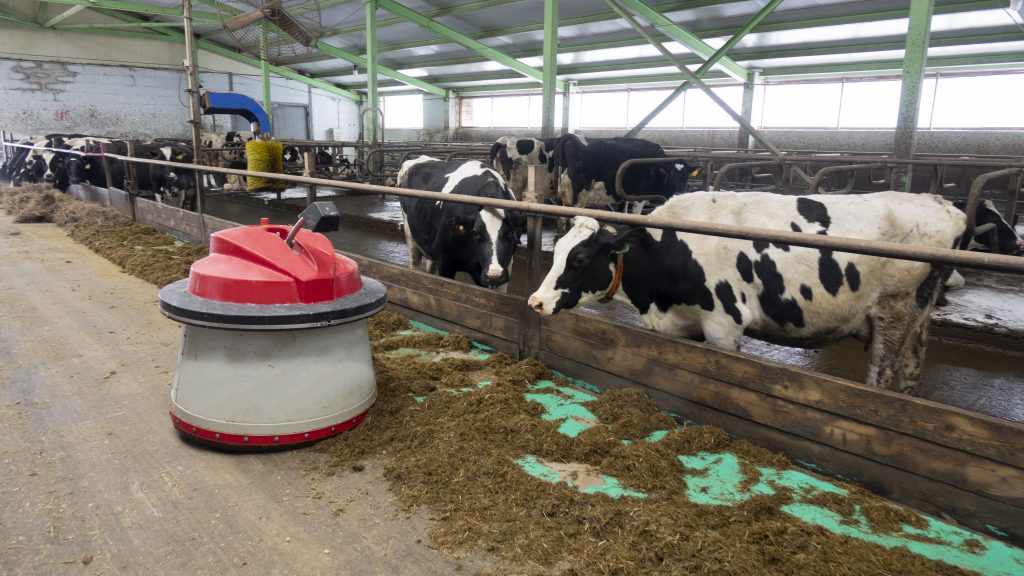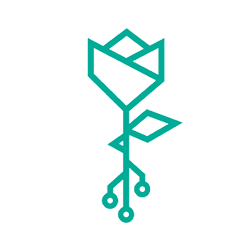Modelling and simulation of robots for agricultural applications
Accurate modelling and simulation are key enabling technologies to support the design and validation of autonomous navigation algorithms. Nonetheless, in agriculural applications developing these models is far more complex, as an accurate description of the tyre-ground or track-ground interaction is needed. The aim of this work is to set up accurate robot models, including terrain models, using an object-oriented multi-physics modelling language like Modelica. Furthermore, the derivation of accurate but computationally efficient models, by way of physics informed neural networks is of interest as well.
Finally, a way to interface models produced using both approaches with the implementation of the autonomous navigation system, considering pure C++ or a ROS2 environment, is also studied.
Coordinated system of gates for flood irrigation management in paddy rice farm
Rice, being among the paramount staple crops globally, holds significant agricultural importance. Within Europe, Italy stands out as the primary rice producer, predominantly situated in the northeast region of the country. Traditionally, rice cultivation entails inundating fields from pre-planting stages until just prior to harvest. This inundation practice necessitates substantial labor input from farmers, who manually regulate inlet and outlet gates to uphold a consistent water level in the fields. Furthermore, flood irrigation practices are characterized by their high water consumption rates. Novel technologies leveraging remotely and automatically controlled gates are under investigation to enhance the efficiency of this irrigation methodology. The fundamental aim of this research work is to assess the viability of a synchronized and intelligent gate system for optimizing farm irrigation management and ponding water level regulation.

